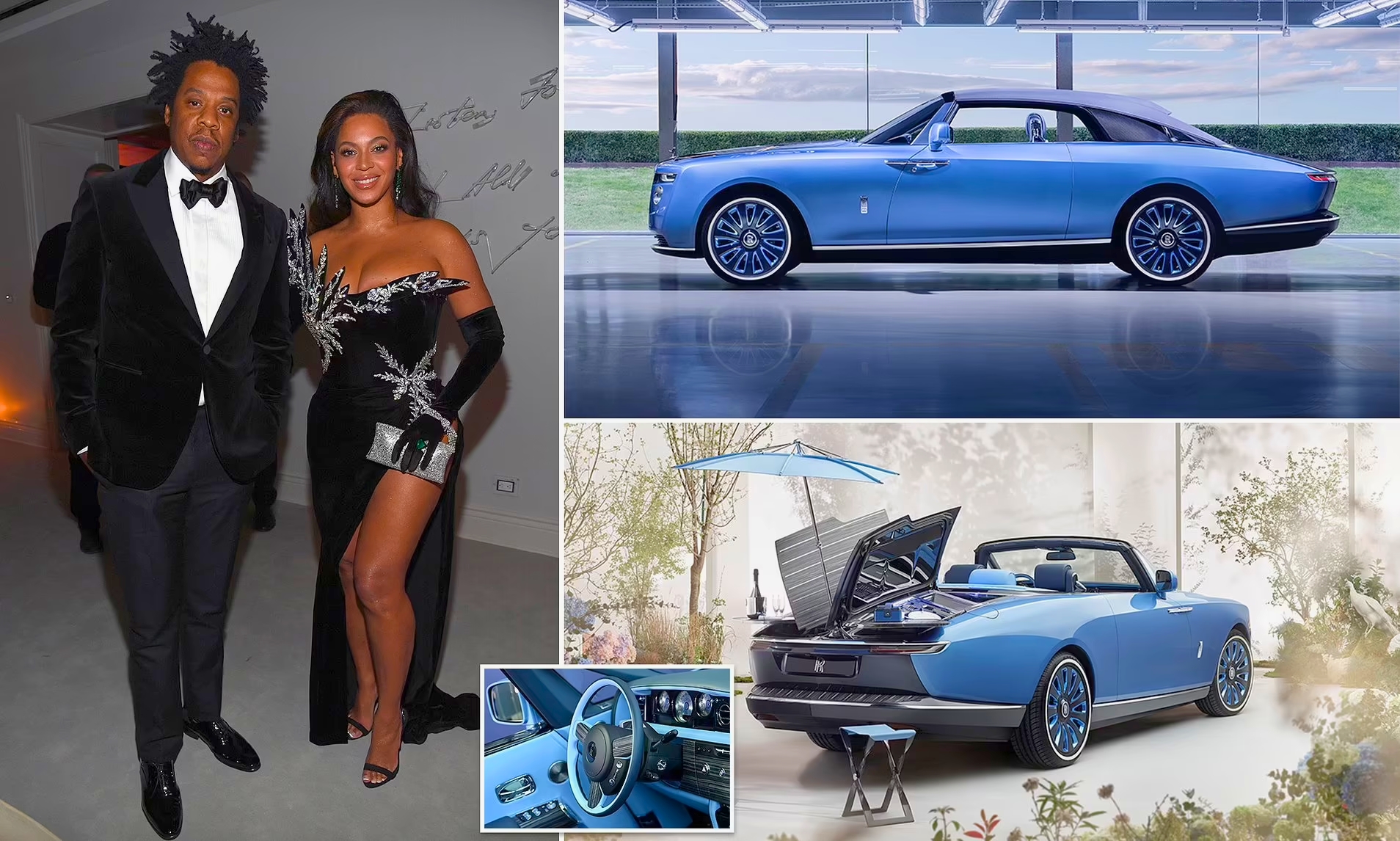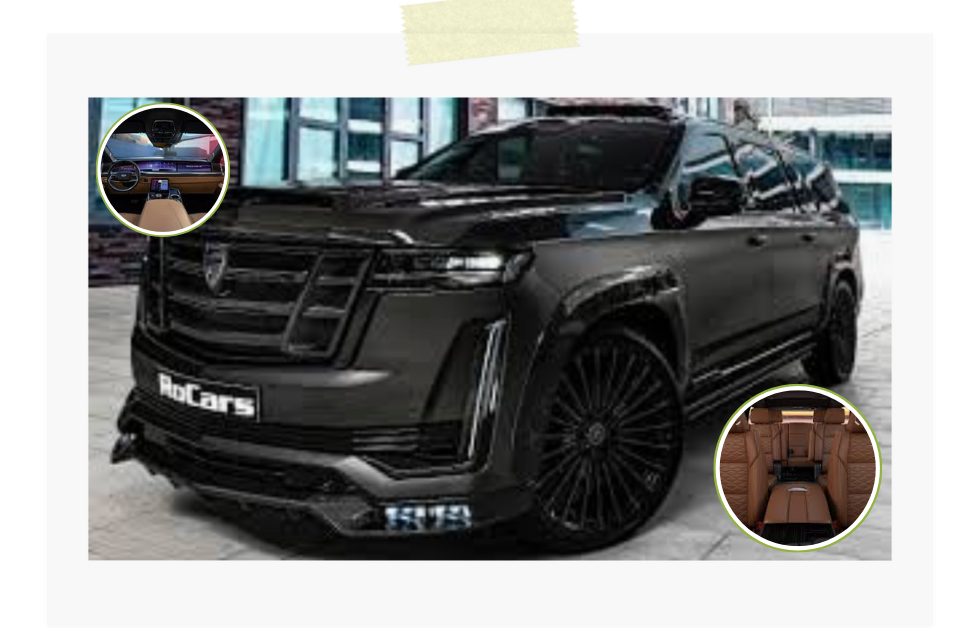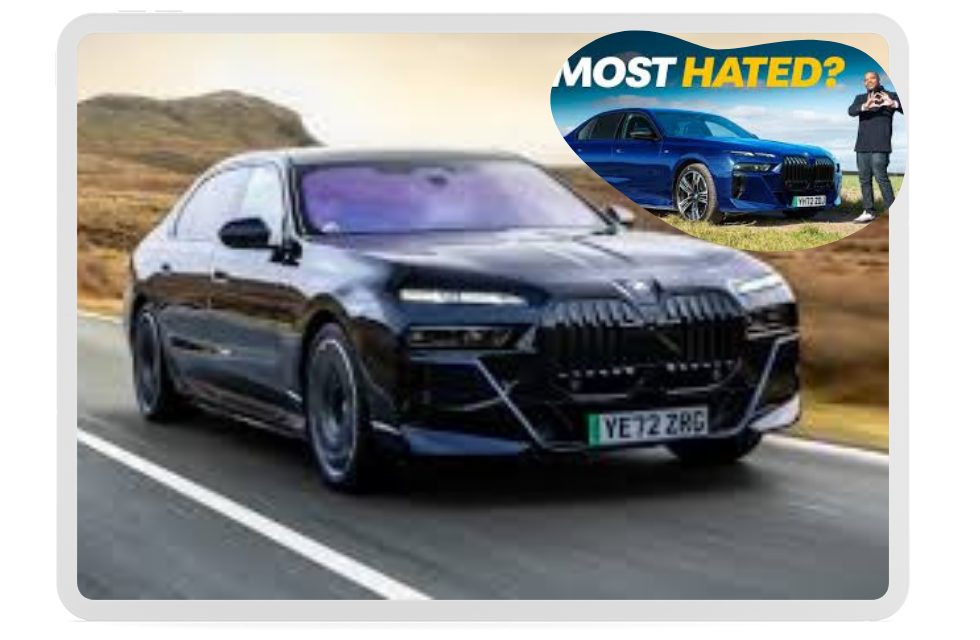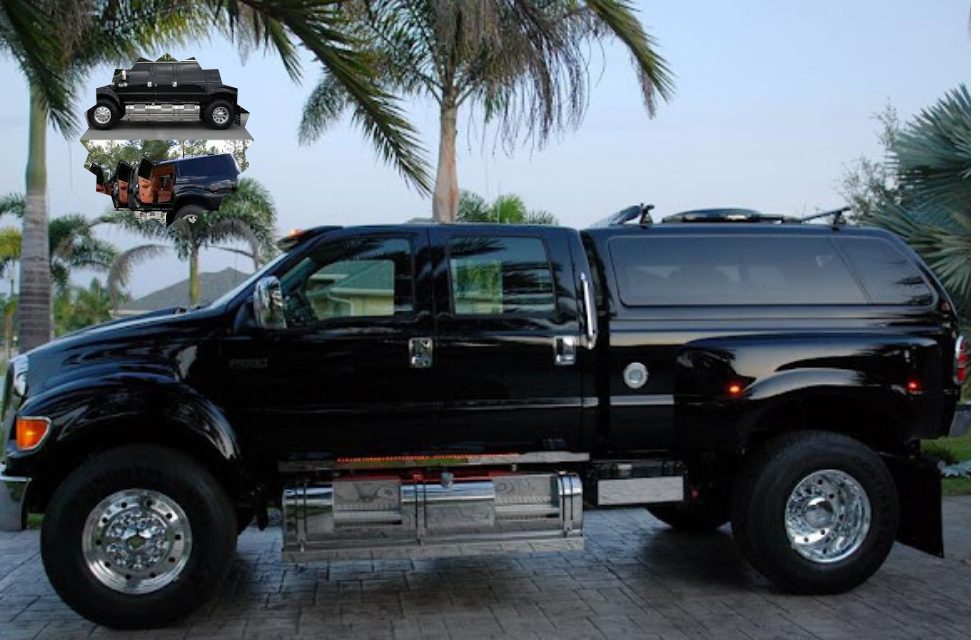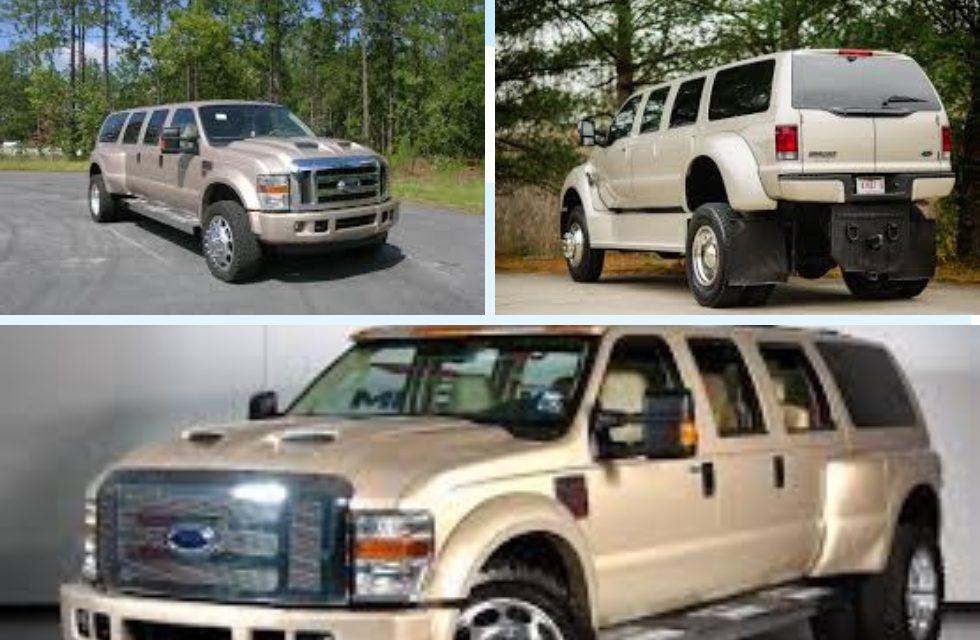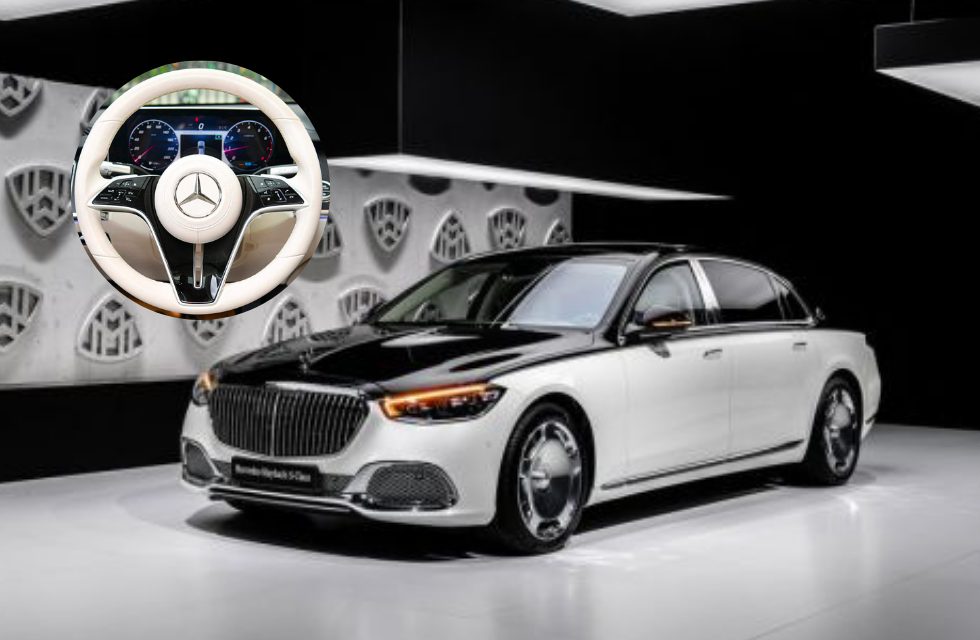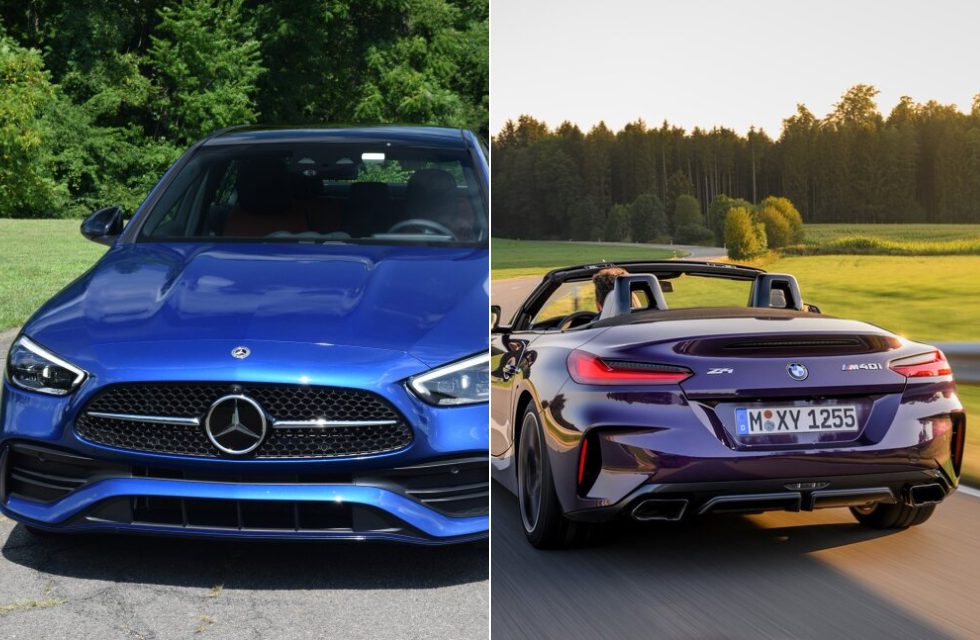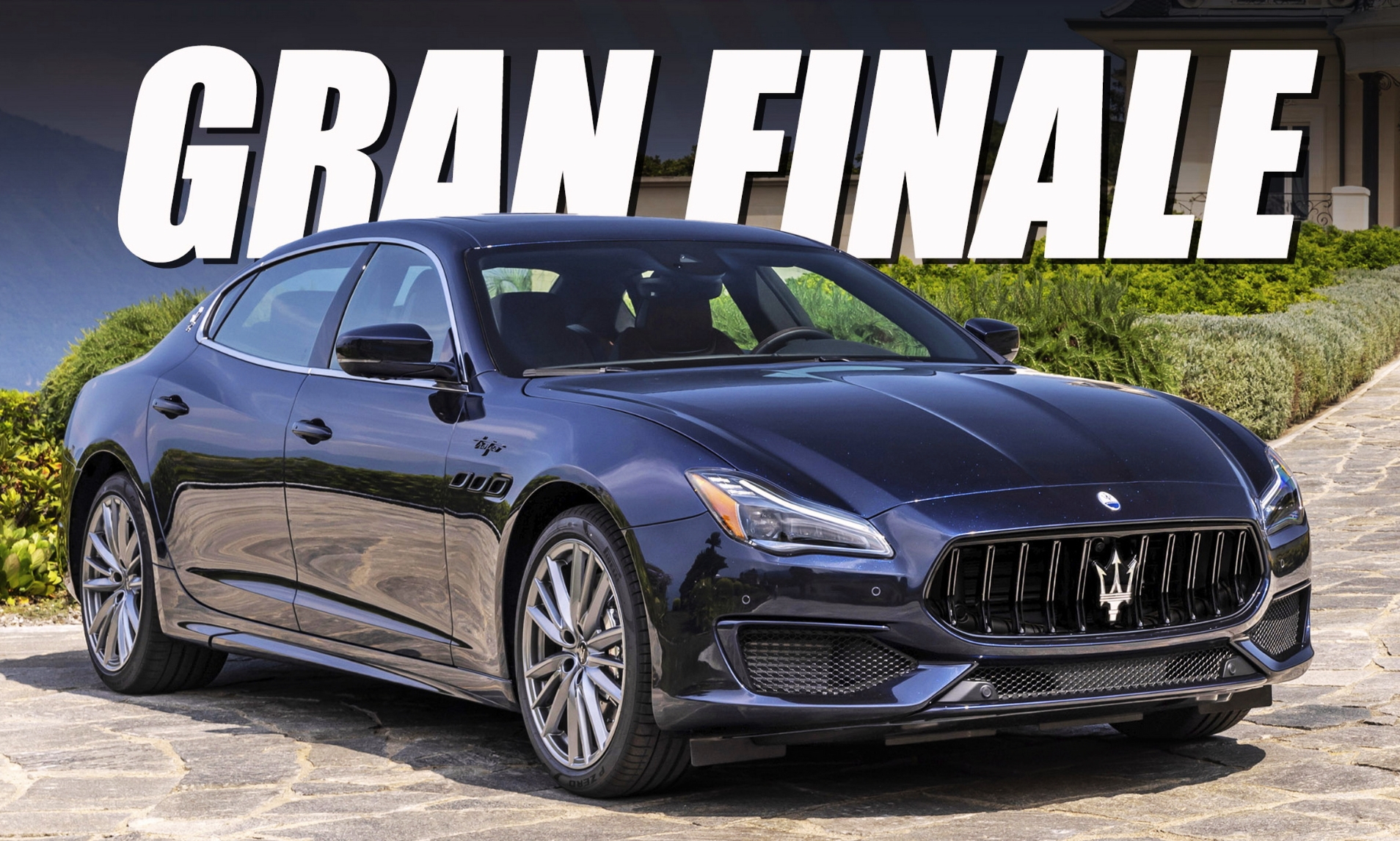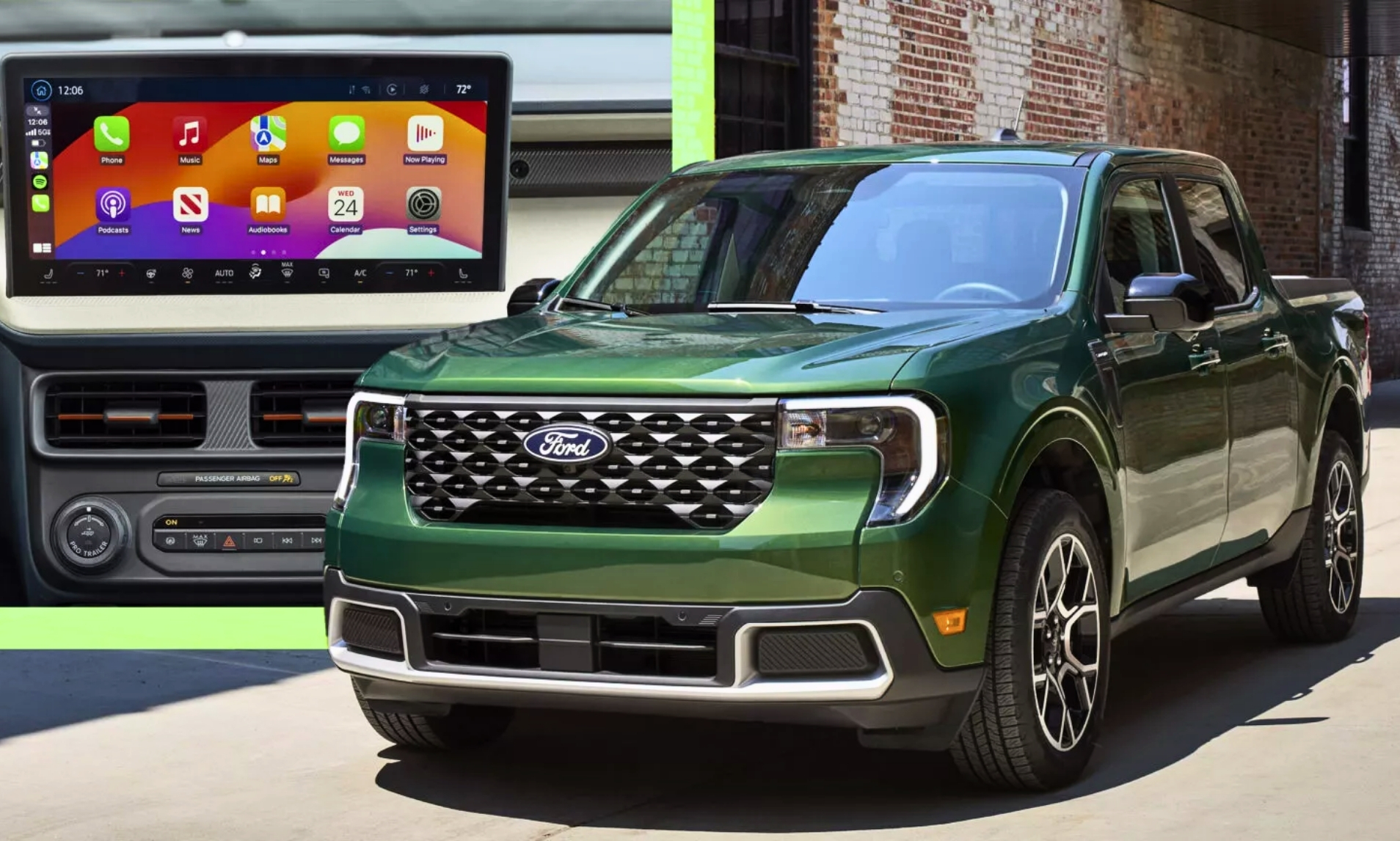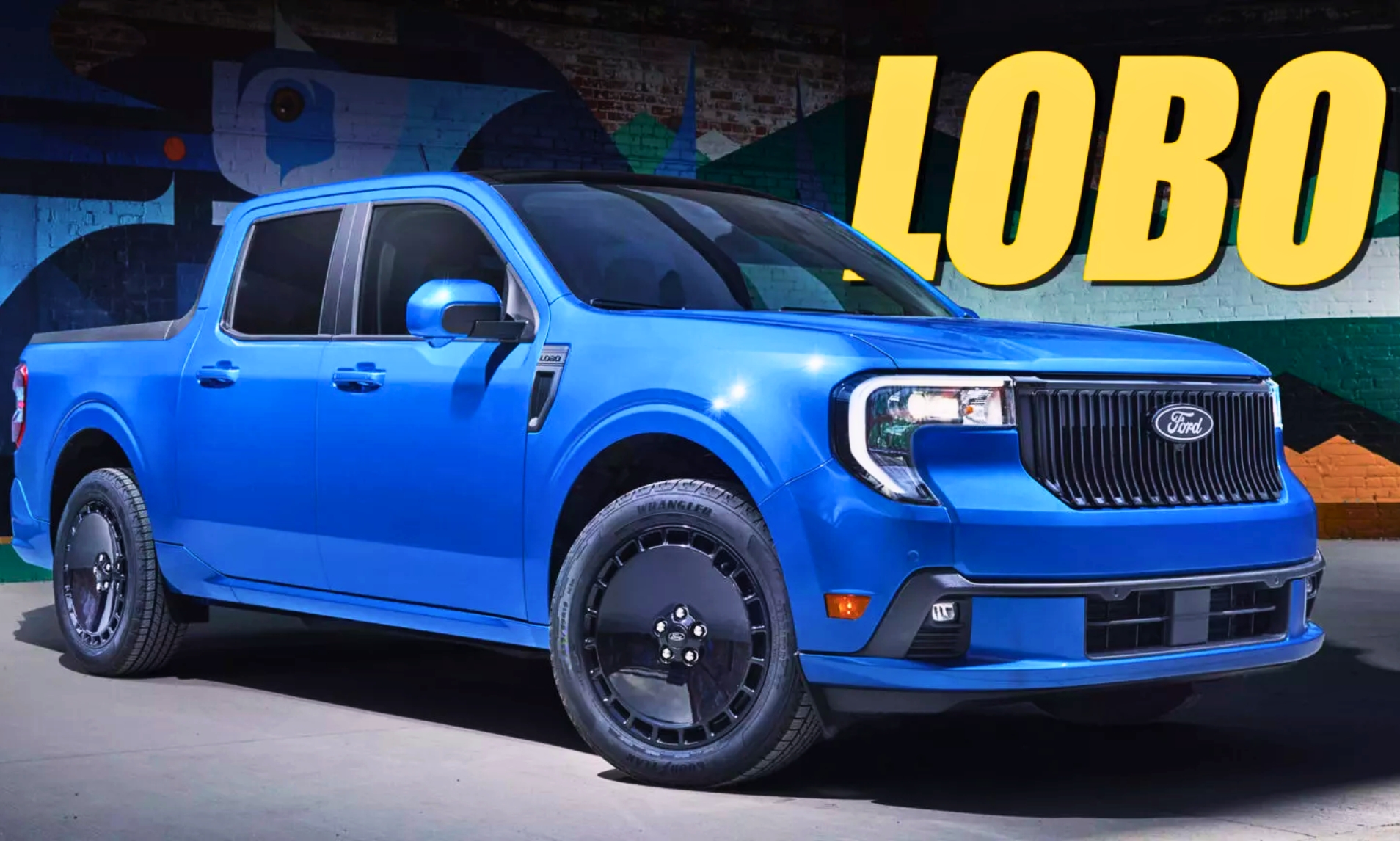From swivelling lounge seats to routes projected onto screens using lasers, there have been many outlandish designs for self-driving car interiors.
Now Volvo has unveiled its own concept car cabin that features reclining seats and pop-up TVs with tables.
The design, dubbed Concept 26, aims to put the joy back into driving by letting passengers work or watch a film during traffic jams, or kick back and relax on monotonous stretches of motorway.
Scroll down for video
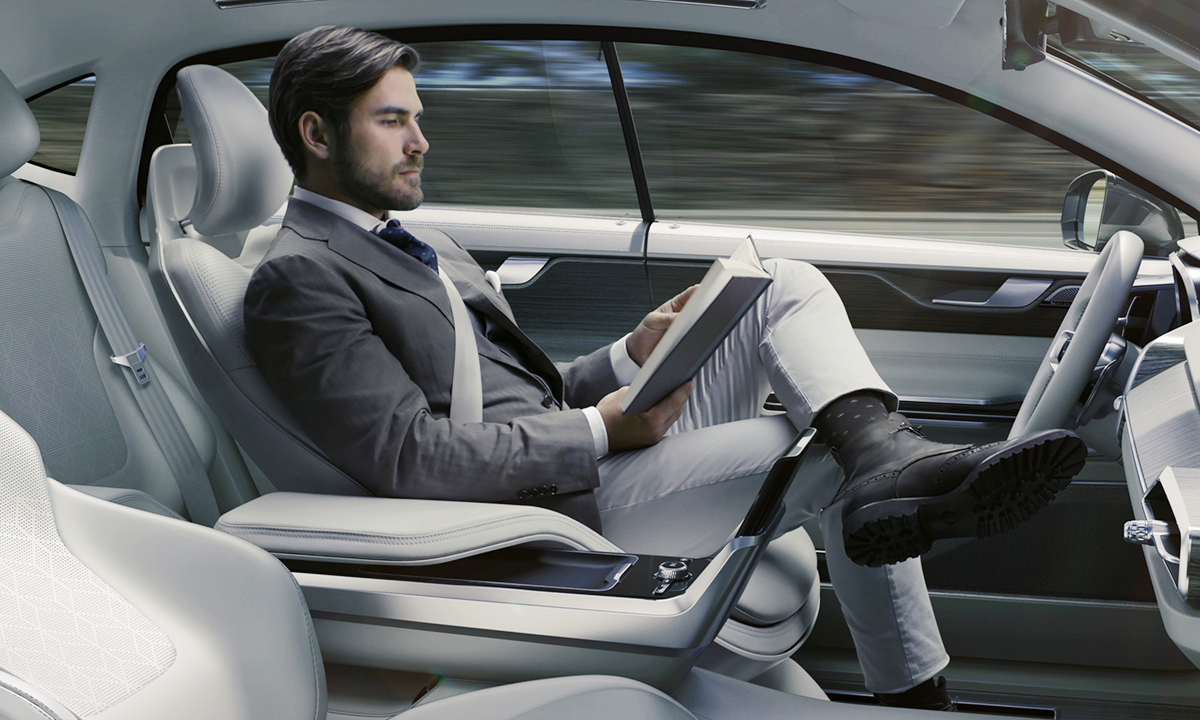
Volvo said that it will be during a daily commute or on long-haul motorway trips that people have said they will be most willing to delegate the act of driving to their car.
The conceptual interior is intended to allow drivers and passengers to ‘do something more meaningful than sitting in stop-and-go traffic’.
‘Our research clearly shows that some people will want to use their commuting time creatively when they have full autonomous drive available, while others will want to just sit back and relax, watch online media or listen to music,’ said Robin Page, Vice President of Interior Design at Volvo Cars.
Video: Volvo Cars unveils brand new luxurious Concept 26
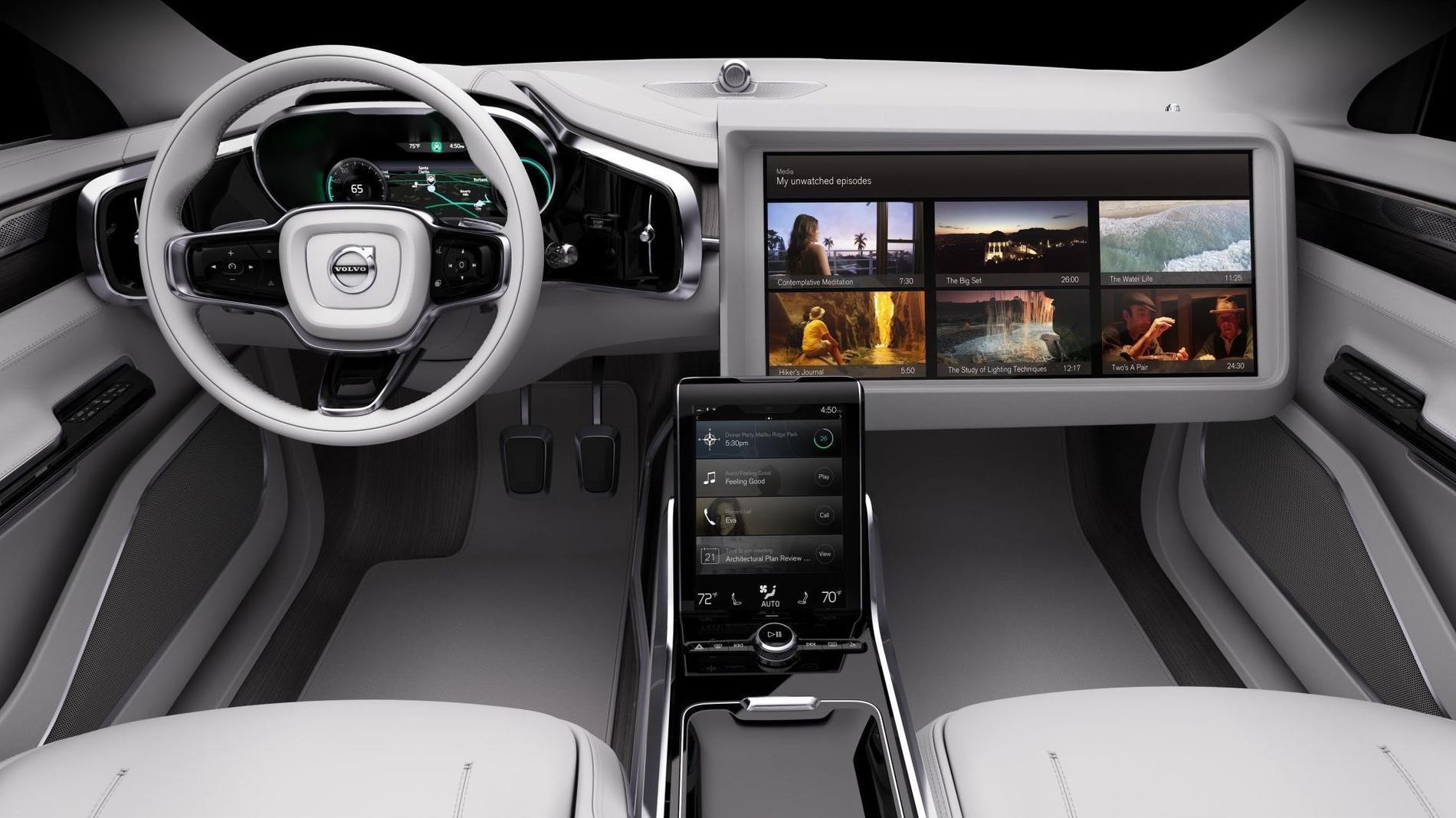
The concept is based on a new seat design that actively ‘cradles’ the driver while it morphs into different shapes or modes, called ‘Drive’, ‘Create’ and ‘Relax’.
The Drive position is designed to be comfortable when a driver wants to take the wheel and be in control of the vehicle, while the Relax postion enables them to recline, possibly to watch a film on a large display that pops up from the dashboard.
The seat can also slide back so they have room to work on a table that automatically folds out from the door.
Volvo added that the concept ‘opens up a new paradigm of possibilities in the car’.
The Swedish firm’s ongoing Drive Me research project will put a fleet of fully autonomous cars driving real customers on the roads of Gothenburg, Sweden, in 2017.
This means that a future driving experience with reclining seats and TV may not be too far way.
Volvo is not the only firm to imagine life inside self-driving vehicles.
A design by seat technology firm Johnson Controls, suggests passengers will face each other in the car of the future and the ‘driver’s seat’ will be replaced by a comfortable control unit.
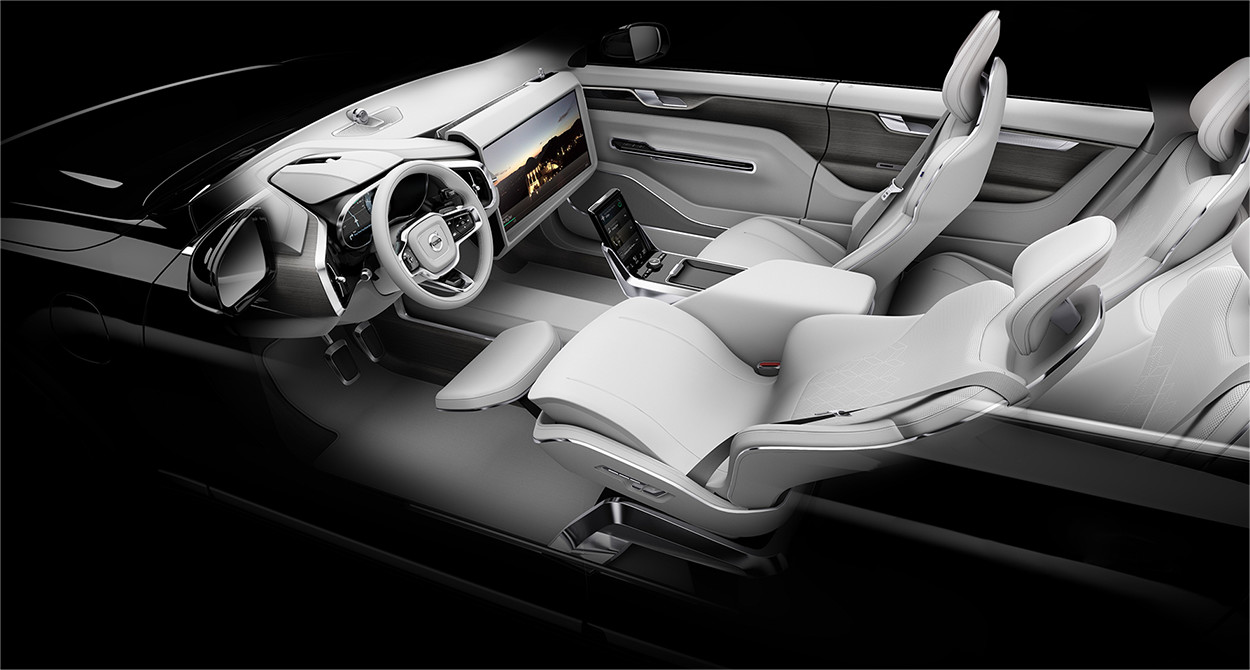
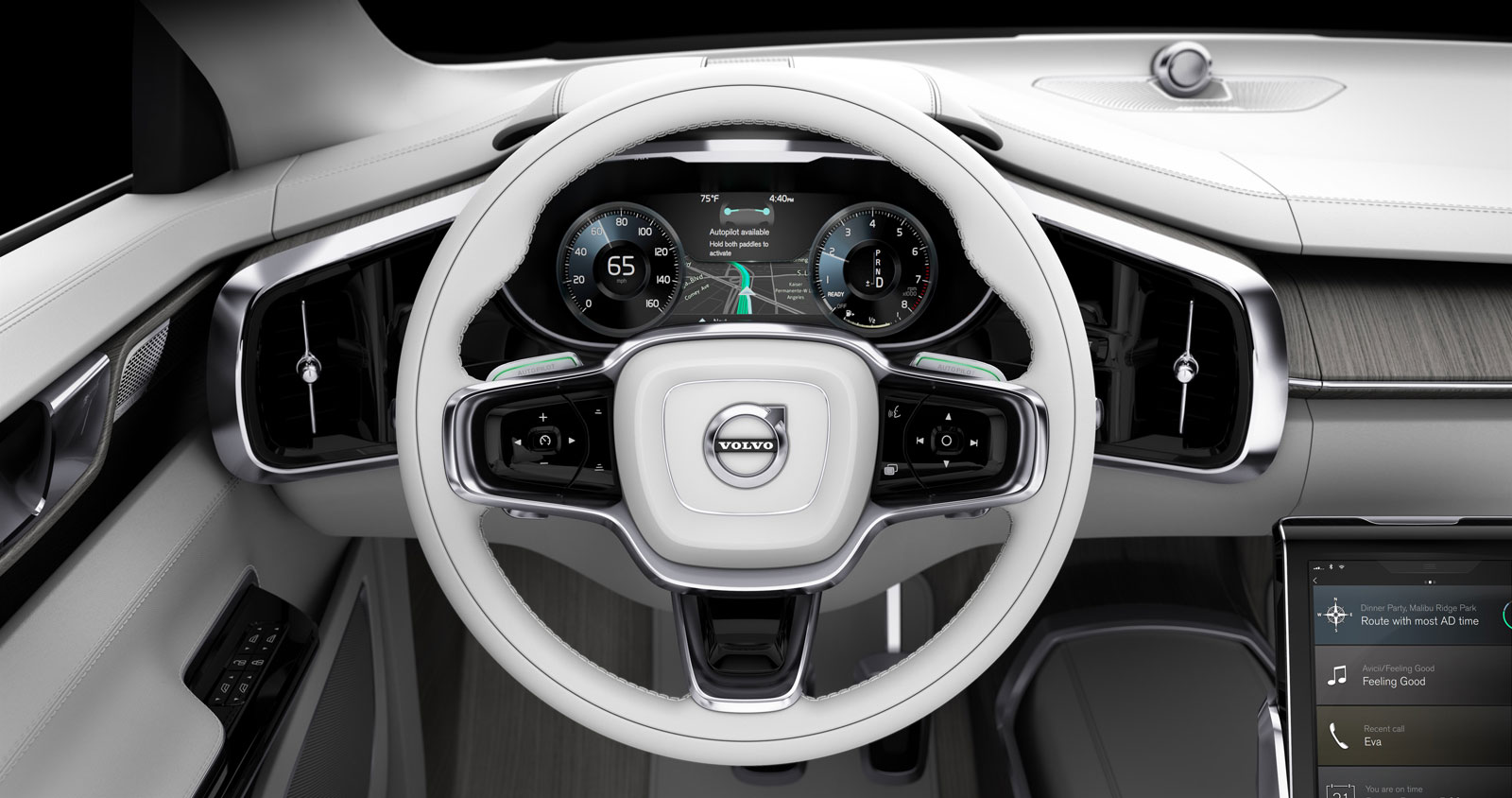
It predicts this ‘paradigm shift’ will happen in around 2035.
‘Autonomous driving is on its way,’ said Dr Detlef Jürss, group vice president at Johnson Controls.
‘It is not something that will happen overnight, though, but rather over a period of gradual development.’
‘In the future, the role of the person in the driver’s seat will shift from that of an ‘active driver’ to that of a ‘supervisor’ who must be able to intervene whenever necessary.
‘The seat will become a multi-talented interior component that provides its strengths in safety, comfort, and entertainment.’
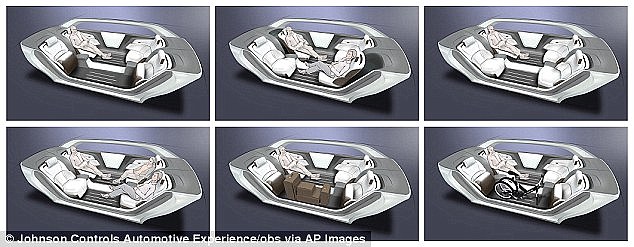
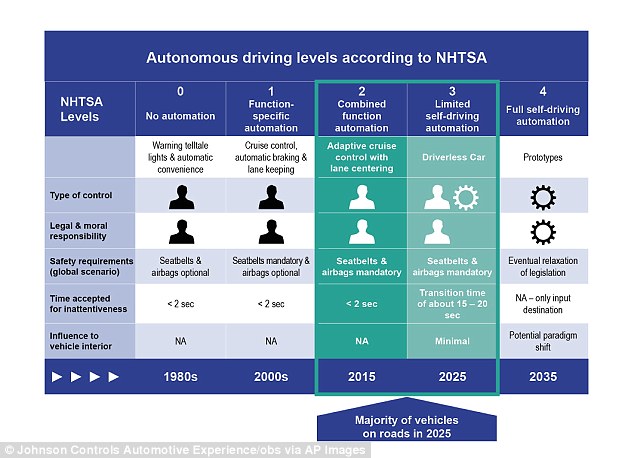
The company predicted there will be ‘minimal’ change to interiors in 2025, as consumers start to buy ‘driverless cars’ which still require input from a driver.
But from 2035 onwards, it said there will be a ‘potential paradigm shift’ in interiors as drivers will only need to type in their desired destination.
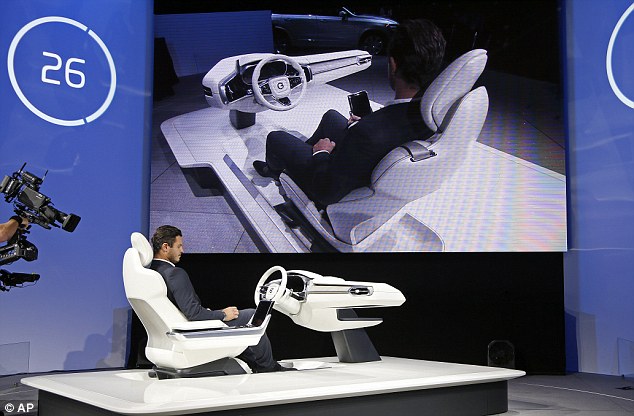
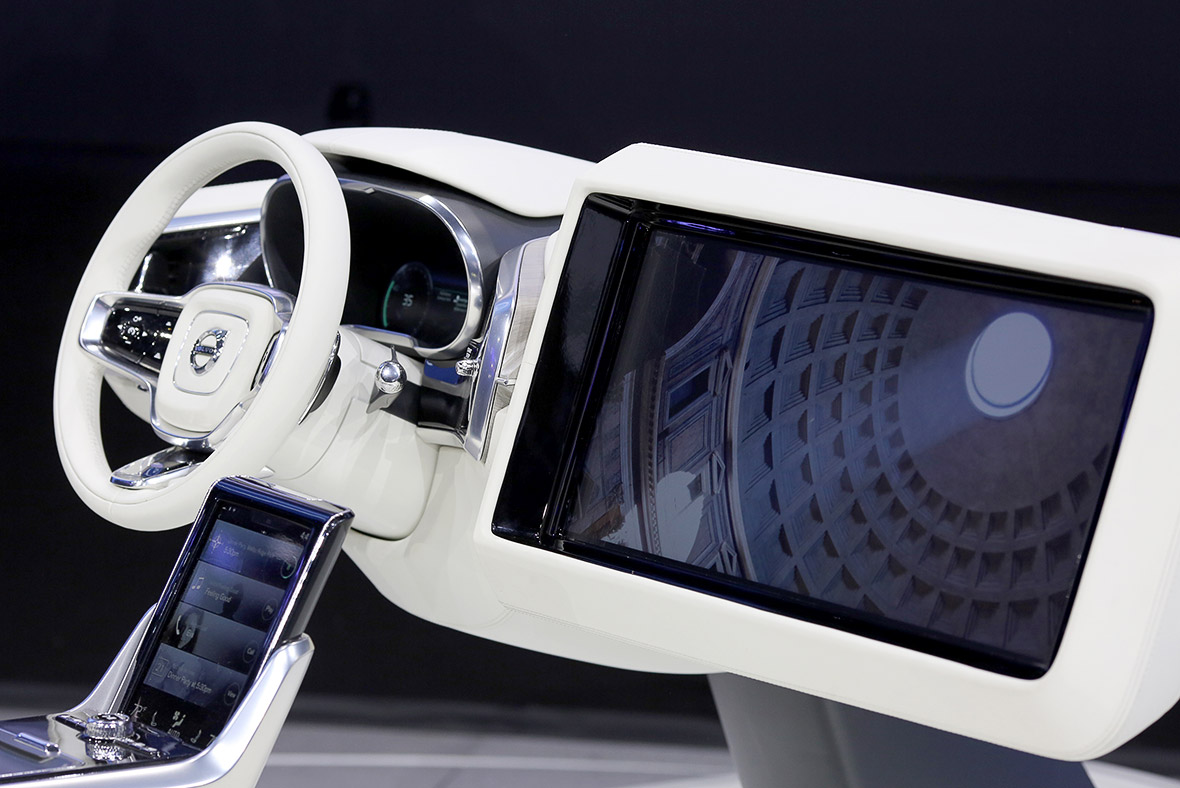
Future seats will be more comfortable and could even include features such as massage rollers, armrests and pneumatic side bolsters, which will enable the seat position to be adjusted ergonomically to individual needs and long journeys.
‘The seat will become the driver’s partner for comfort and health,’ Dr Jürss said.
MERCEDES’ VISION FOR THE FUTURE
Last month, Mercedes announced it is considering developing a line of luxury autonomous cars, and its F 015 model already has four seats facing each other with a table in the middle.
Speaking at the IAA Frankfurt Auto Show , Dieter Zetsche, chief executive of Daimler, which owns Mercedes, said his firm was aiming to use the driverless technology to expand its car2go car sharing service.
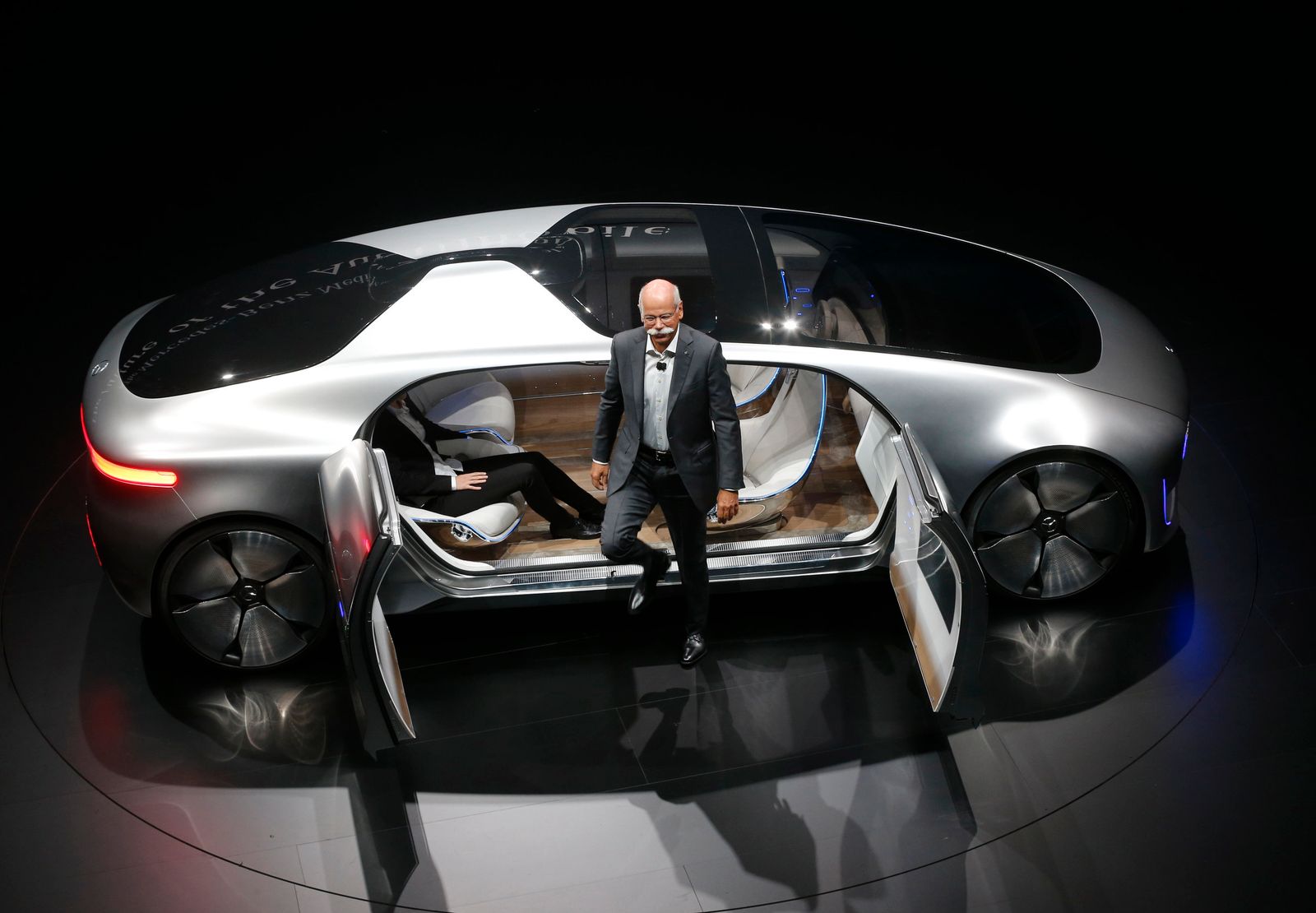
He said: ‘It would be even more convenient if the car came to you autonomously.
‘And it would be extremely practical if the car2go appeared without needing to be prompted, once my appointment in the calendar had come to an end.’
Mercedes’ F 015 is described with the tag line ‘Luxury in Motion.
Complete with a Night Rider-style LED light display on the front grille, the four-seater vehicle can be summoned using a smartphone app and features built in displays in the doors.
Video: Watch the driverless Mercedes-Benz F 015 in all its glory
The vehicle even talks to pedestrians to let them know when it is safe to cross the road, replacing the eye contact that would normally be made with the driver.
It also uses a laser display projected onto the road in front of it to let other road users know what its next manoeuvre is likely to be.
The vehicle has four space-age style seats that swivel 360 degrees while the dashboard display can be controlled with gestures and eye-tracking technology.
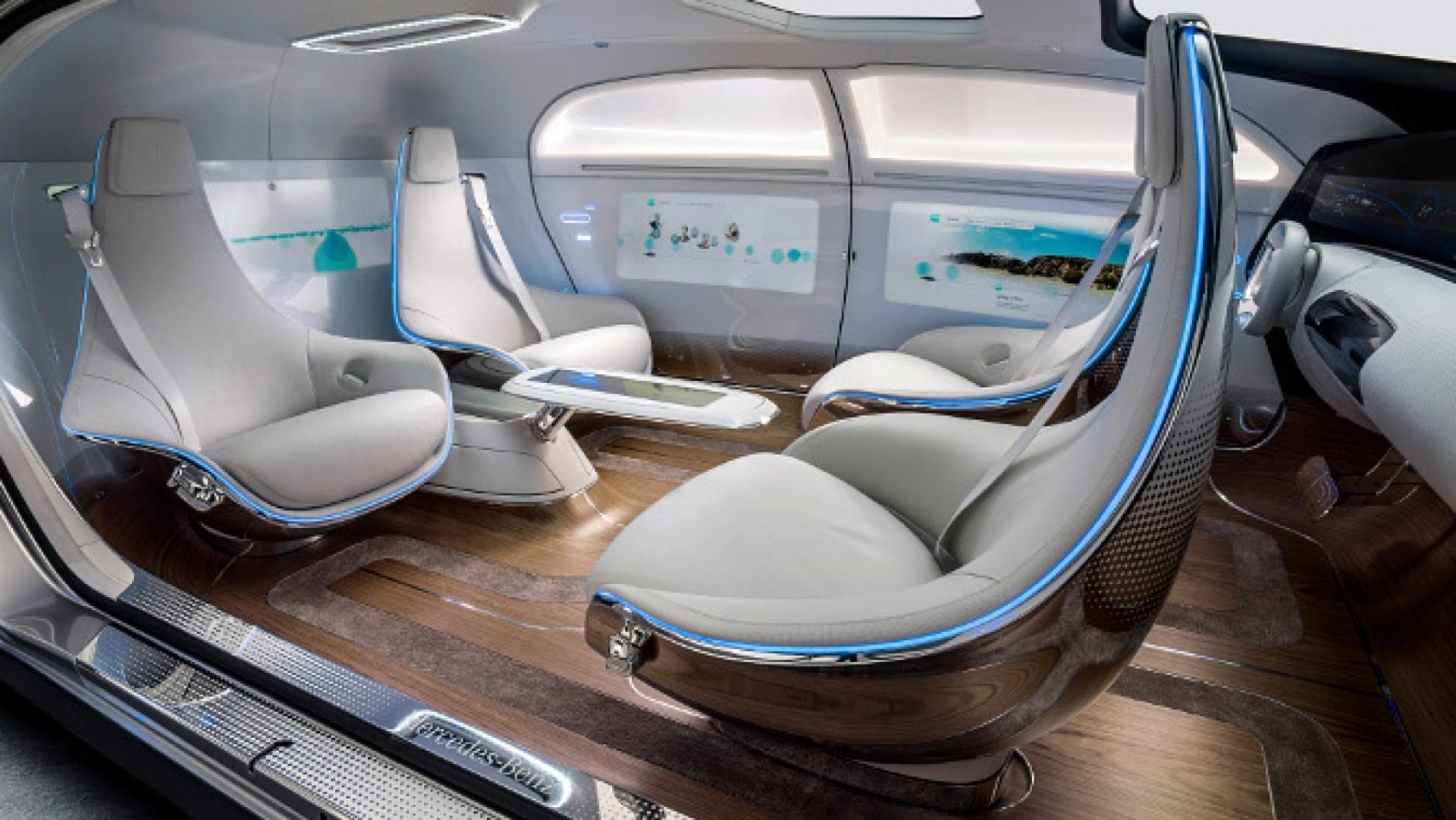
US ATTITUDES TOWARDS DRIVERLESS CARS
A study by eBay Motors last year revealed that 84% of Americans want to continue driving their own cars and not rely on autonomous technology.
Almost four in 10 people think self-driving cars might save them money and three quarters of respondents think it is important that the technology could reduce the amount of greenhouse gases belched out by vehicles.
Approximately 56% of Americans think self-driving cars will result in fewer accidents, while 15% predict they will cause more crashes.
Being able to do other tasks while travelling in a car, not having to park and lower insurance rates are popular reasons to buy one, but the largest worry is liability in the event of a crash.
Share or comment on this article: Volvo unveils concept interior for its self-driving car with reclining seats.

